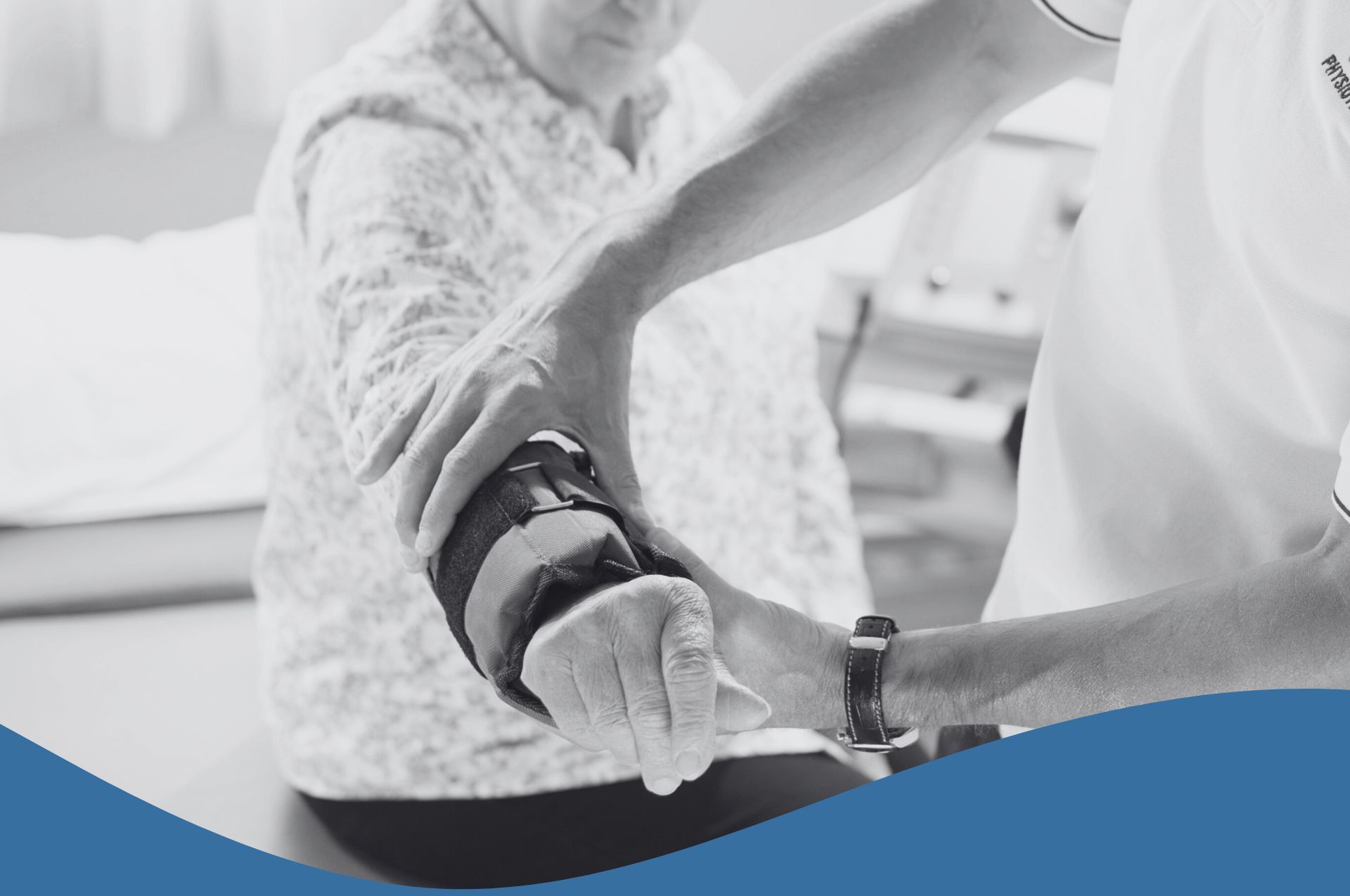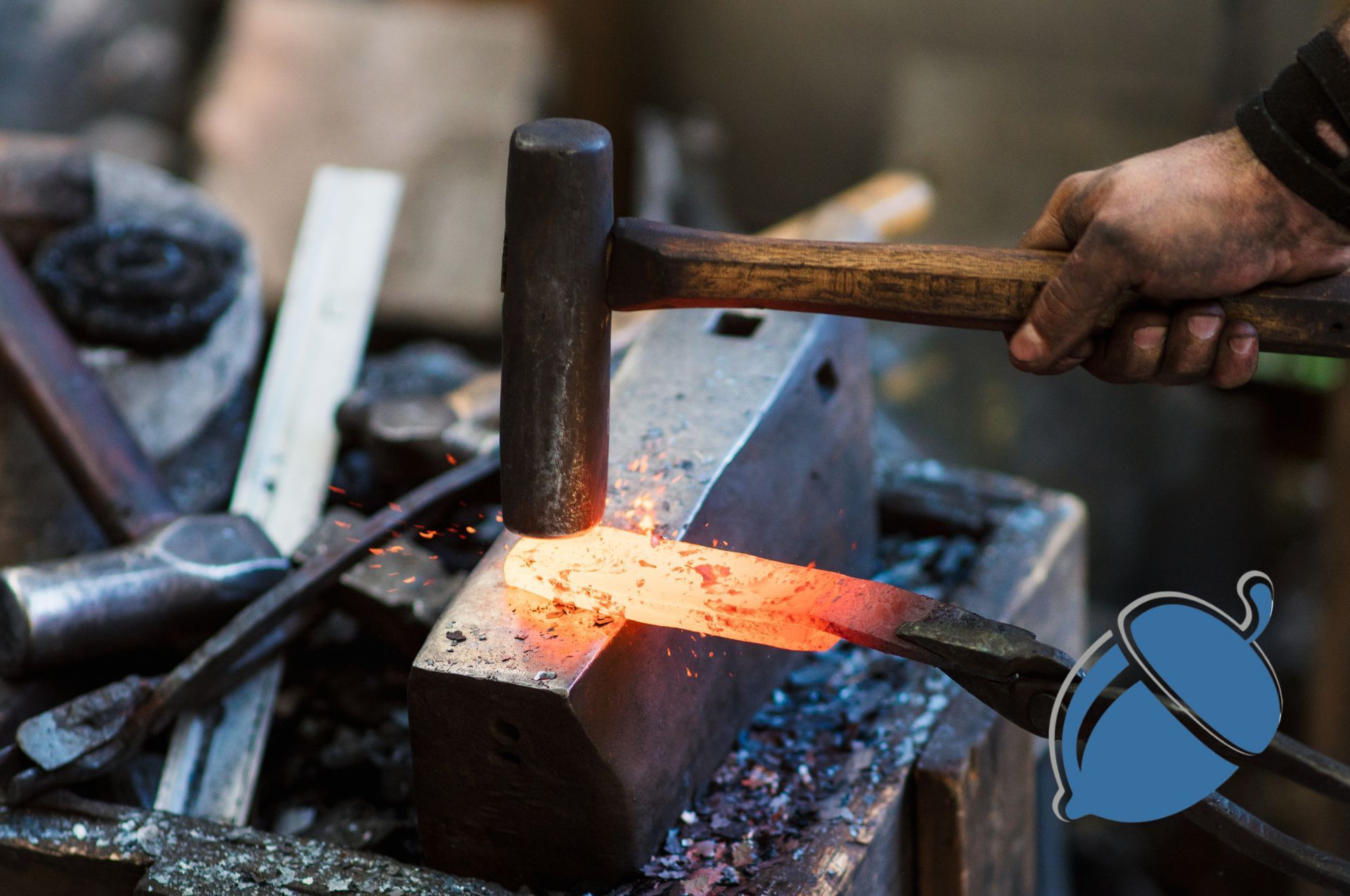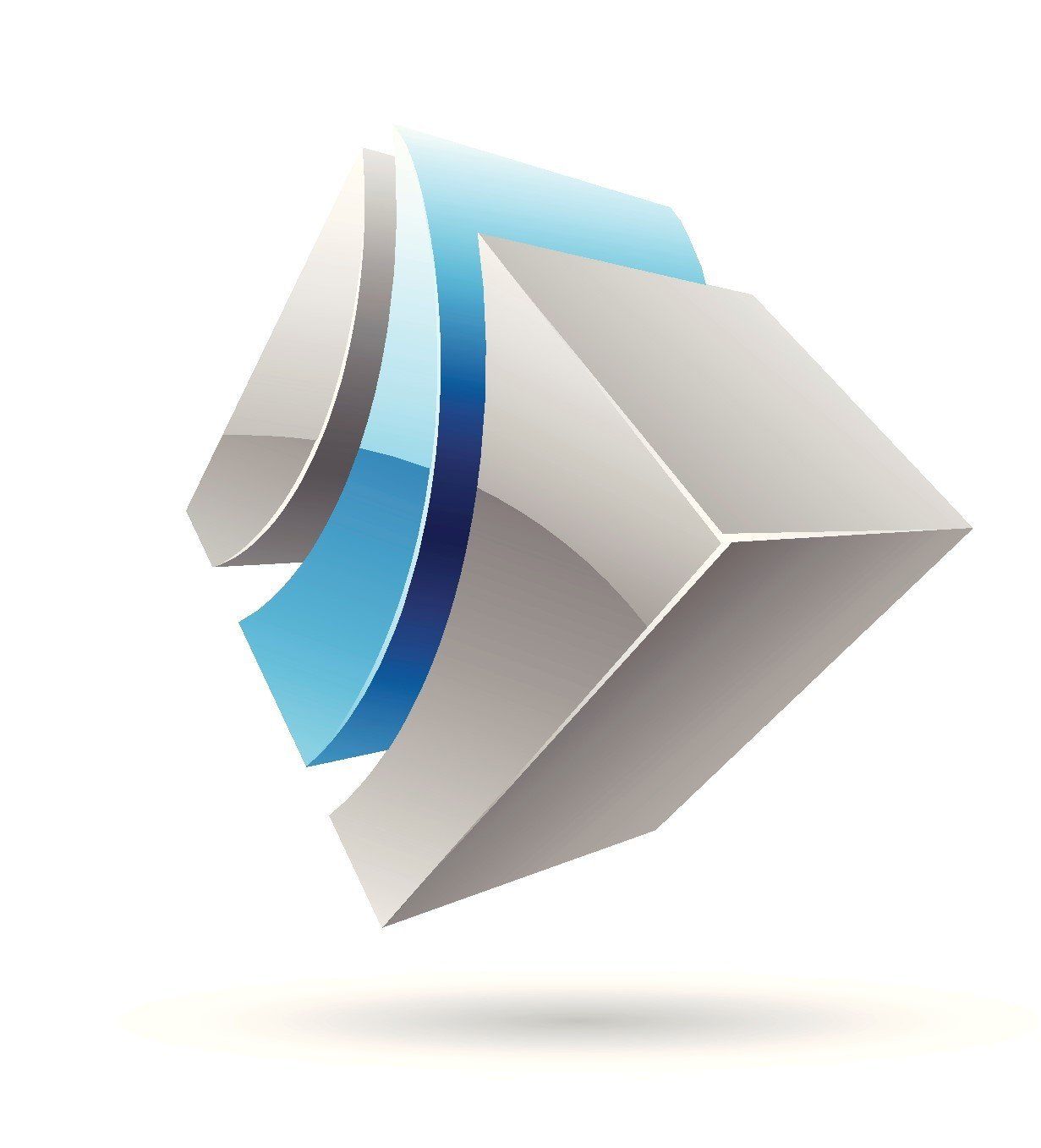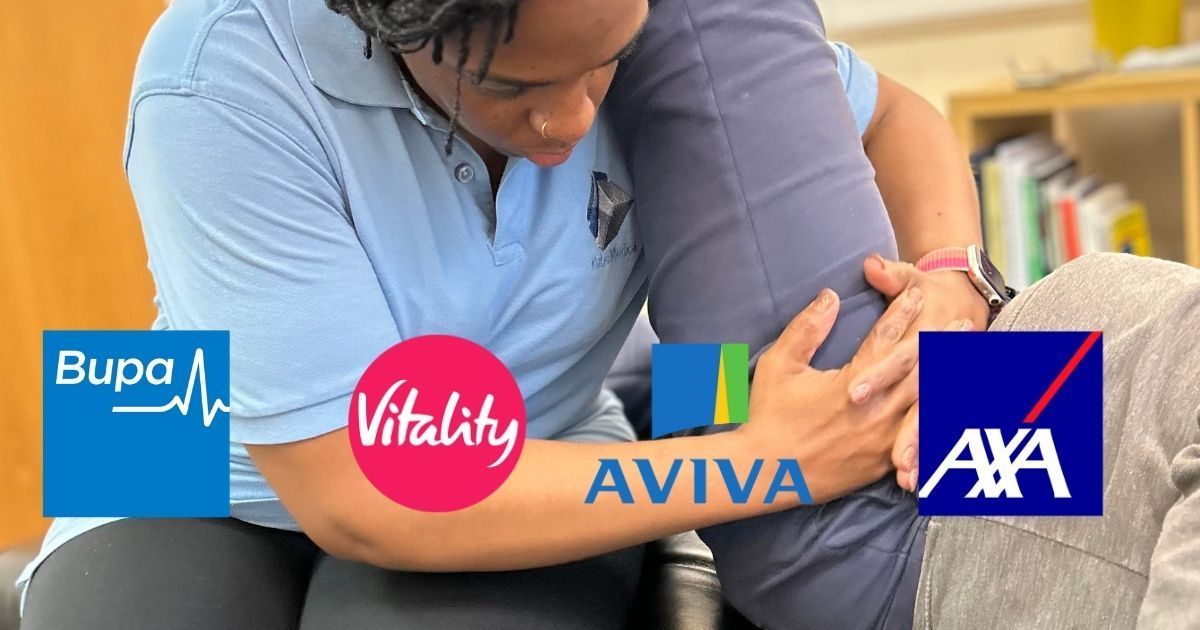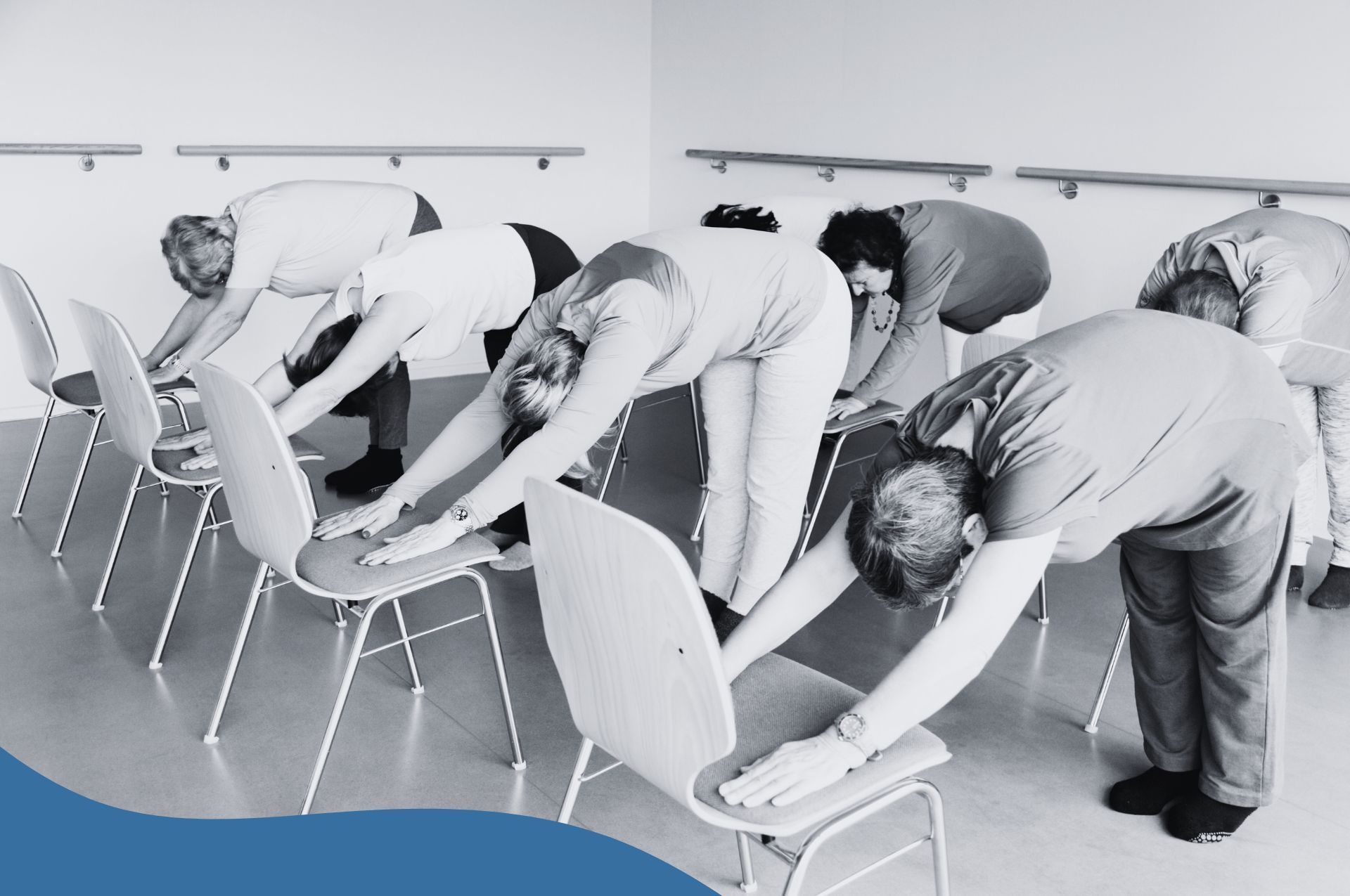Common Causes of Back Pain - How Chiropractic Care Can Help
Back pain is a common condition that can have a significant impact on your quality of life. The causes of both acute and chronic back pain are diverse. This blog looks at some of the common causes, and how Chiropractic care can provide relief, as well as some simple self-help steps.
Common Causes
The causes of back pain are diverse and too numerous to fully list. However, there are a number of common causes that we see frequently in clinic:
- Poor Posture:
Prolonged periods of poor posture, such as slouching at a desk, can strain the muscles and ligaments in the back, leading to pain and discomfort. Signs and symptoms include rounding of the shoulders, a protruding abdomen and flattened glutes. Over time this may also contribute to tension headaches.
- Muscle Strain and Overuse:
Muscle strains and overuse injuries are among the most common causes of back pain. Activities such as heavy lifting, poor posture, or repetitive motions can lead to muscle tension and pain in the back. Symptoms include low grade aches and pains and an inability to maintain static posture, such as sitting or standing still for more than ten minutes. With acute strains, you are likely to have an idea of when the injury occurred.
- Herniated Disc:
A herniated or slipped disc occurs when the soft, jelly-like material inside a spinal disc leaks out and presses on nearby nerves, causing pain and discomfort. This compression can lead to symptoms tell-tale signs, such as pins and needles, radiating leg pain, pain in the ball of the foot or pain around the ankle.
- Facet joint dysfunction
Facet joint dysfunction is a common cause of back pain. Among many purposes, the facet joints provide stability to the spine. Dysfunction can arise as a result of injury and inflammation between the vertebrae. This can happen due to chronic overuse of one side of the body, for example carrying a heavy backpack on one shoulder, or delivery drivers who get in and out of their vehicle multiple times per shift. The dysfunction is characterised by a sharp catching pain that eases when avoiding repeating the motion.
Self help
For most people, the first step will be to attempt to solve the problem themselves. The following hints and tips may help improving symptoms:
- Improve functional strength with simple exercises. However, these are better for preventing issues, rather than solving them once they arrive.
- Improve flexibility through stretching or yoga. While this may help for many common causes, it is better to seek professional help if you are experiencing disc symptoms, such as pins and needles.
- Try massage, which can be done at home using a foam roller or a ball to ease tension in muscles.
- Try non-weight bearing exercise, such as swimming.
- Apply ice to the affected area to reduce swelling and inflammation. While heat may feel soothing, it can aggravate the issue.
Be aware that recent studies have shown that the benefits of using pain-killers to treat lower back pain are uncertain.
While self-management techniques can be helpful in managing back pain, we would advise timely intervention by a healthcare professional for best results.
How Chiropractors Can Help
Chiropractic care focuses on diagnosing and treating musculoskeletal disorders throughout the entire body. However, we are most commonly known for working with the spine. We use manual adjustments and other non-invasive techniques to relieve back pain and improve spinal function.
Adjustments help to regain spinal function, relieve muscle tension, and improve overall posture, reducing strain on the muscles. For disc issues, chiropractic adjustments can help reduce pressure on the affected disc, promoting healing and relieving the associated pain. Posture correction techniques can help patients develop better habits and reduce the strain on their back caused by poor posture.
Patients often report a dramatic difference initially; feeling lighter and more mobile is a comment we hear regularly. However things can start to ache a while after your treatment. This isn’t necessarily a bad thing. Healing muscles ache in a similar way to exercised muscles; they can be stiff and sore for a short period post treatment/exertion. If things are particularly sore, ice it, don’t heat it. We always recommend ice to calm the area and reduce inflammation. Heat tends to feel lovely whilst it's on but can aggravate any inflammation. Pop an ice pack on for 20 minutes. Reapply after an hour if you feel the need to. So long as you leave an hour in between applications you can continue to do this for as long as you think necessary.
Although you may feel better quite quickly the muscle tissue healing cycle takes an average of 6-8 weeks to complete. After your initial couple of treatments your clinician may request to see you more sporadically through this period to maximise your long term recovery. Bear in mind tendon and ligament issue repair cycle takes a while longer because the blood supply to these tissues is not as prolific as that of muscle. Rest assured, we will get you back to your sport or normal life routine as quickly as we can. To do this it is likely we will refer you to one or more of our colleagues during your treatment with us. The aim of our multidisciplinary approach is to give you the best outcome from treatment for as long as possible whilst teaching you the skills to manage any recurring symptoms yourself.
